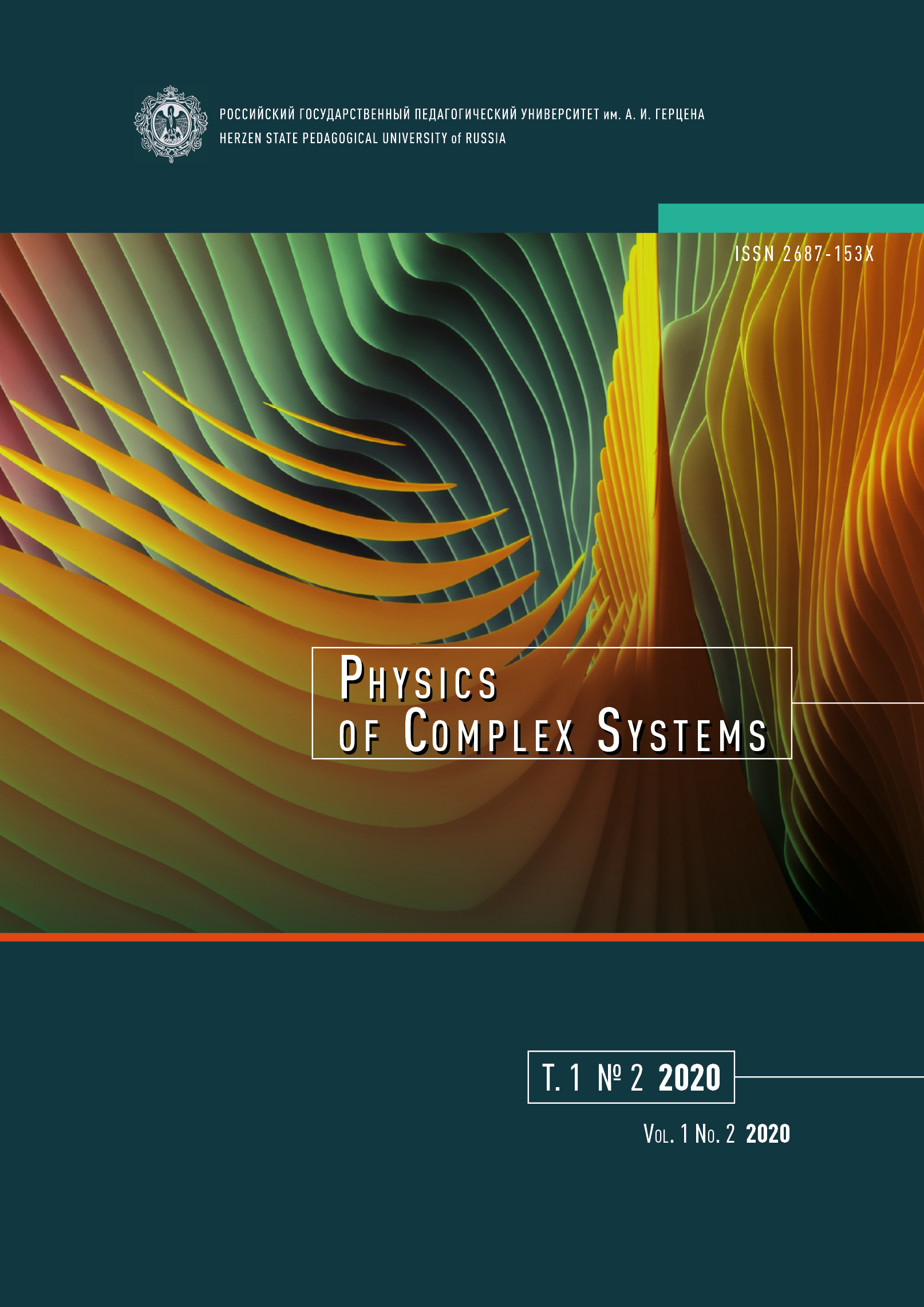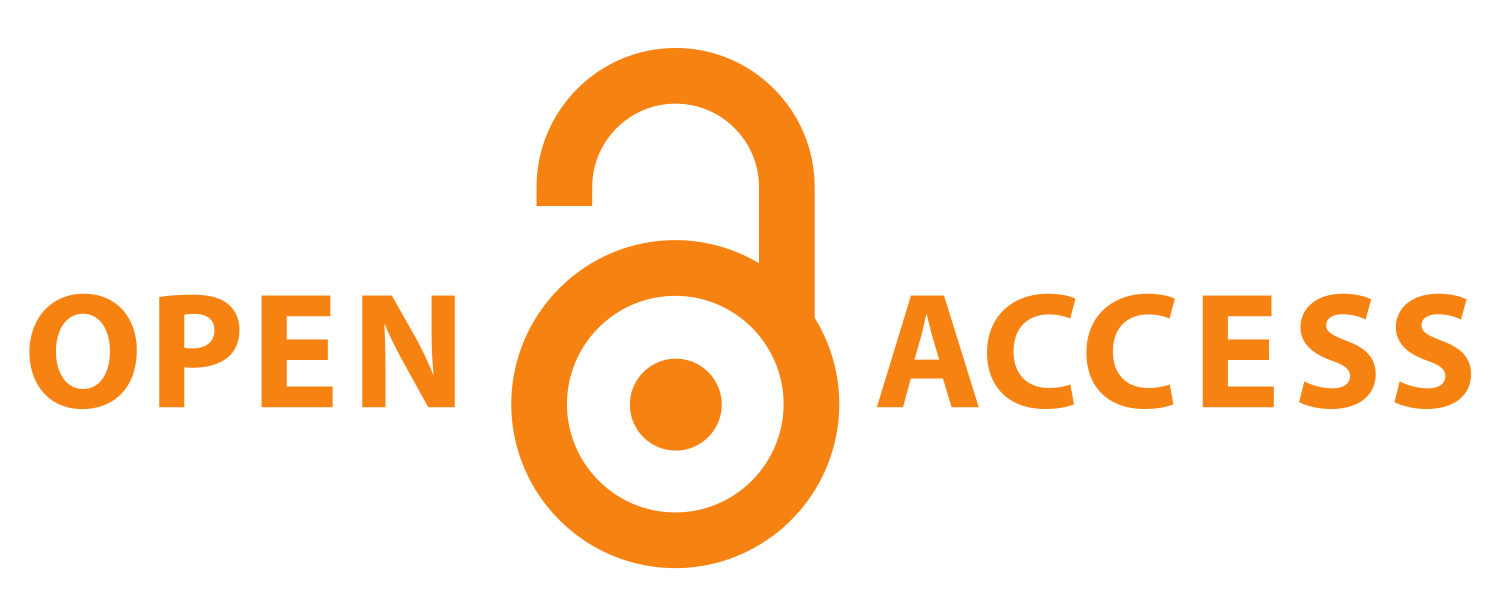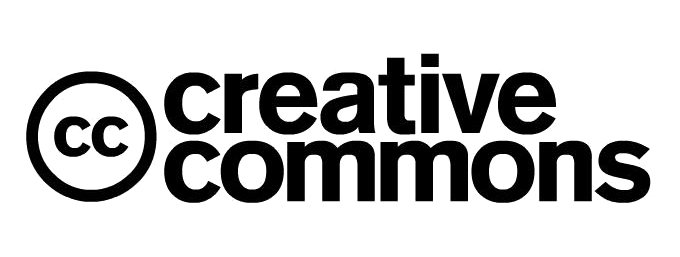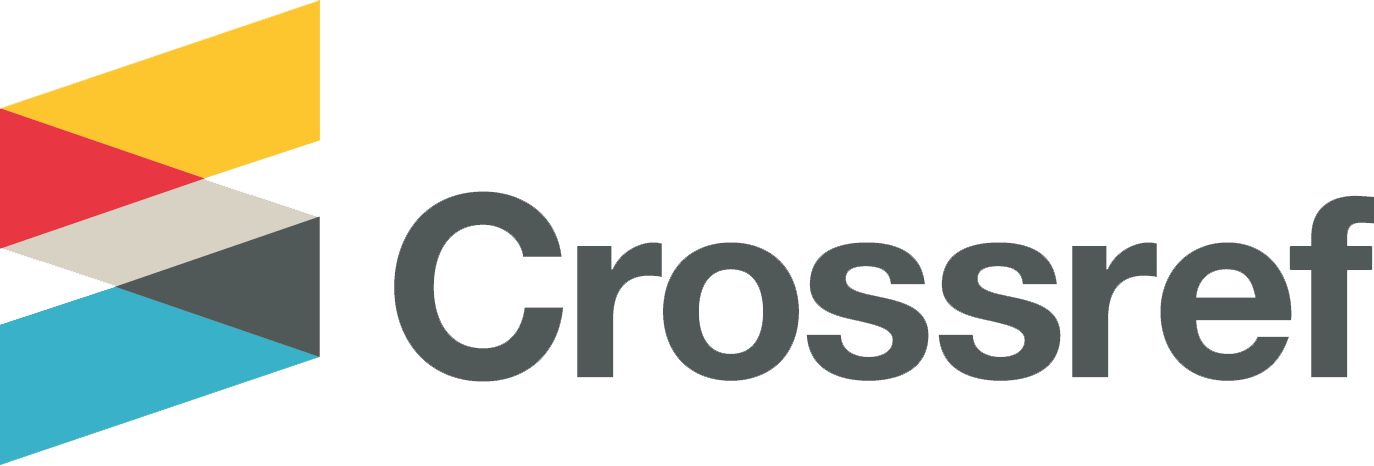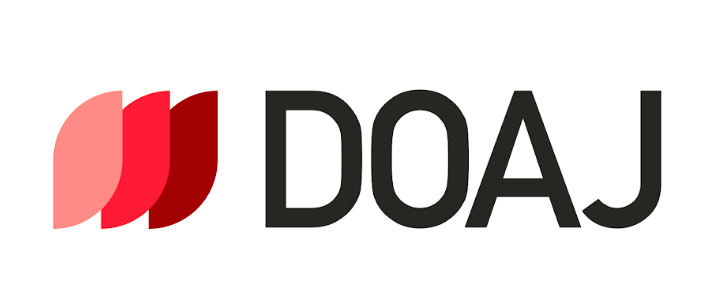Thermoelectric phenomena and thermodynamic laws
DOI:
https://doi.org/10.33910/2687-153X-2020-1-2-74-77Keywords:
nonequilibrium thermodynamics, thermoelectricity, Seebeck effect, Peltier effect, entropy, heat capacity, heat transfer, order, disorderAbstract
The paper deals with thermoelectric phenomena from the standpoint of nonequilibrium thermodynamics of irreversible processes. The consideration is based on the fact that thermoelectric effects can occur if there is electrical and thermal contact of electrically conductive media. The necessary condition for the effect is the subsystems’ different ordering degree of charge and heat carriers or different entropy and heat capacity per each carrier particle. The presented approach gives the possibility to understand physics of thermoelectric phenomena deeply. Its development can help to establish the theoretical limits of the efficiency of thermoelectric energy conversion imposed by fundamental physical laws.
References
Anselm, A. I. (1973) Osnovy statisticheskoj fiziki i termodinamiki [Fundamentals of statistical physics and thermodynamics]. Moscow: Nauka Publ., 424 p. (In Russian)
Anselm, A. I. (1978) Vvedenie v teoriyu poluprovodnikov [Introduction to semiconductor theory]. Moscow: Nauka Publ., 616 p. (In Russian)
Askerov, B. M. (1985) Elektronnye yavleniya perenosa v poluprovodnikakh [Electronic transport phenomena in semiconductors]. Moscow: Nauka Publ., 320 p. (In Russian)
Gross, E. Т. В. (1961) Efficiency of thermoelectric devices. American Journal of Physics, 29 (11), 729–731. DOI: 10.1119/1.1937584 (In English)
Ioffe, A. F. (1960) Poluprovodnikovye termoelementy [Semiconductor thermocouples]. Moscow; Leningrad: Academy of Sciences of the Soviet Union Publ., 189 p. (In Russian)
Szczech, J. R., Higgins, J. M., Jin, S. (2011) Enhancement of the thermoelectric properties in nanoscale and nanostructured materials. Journal of Materials Chemistry, 12, 4037–4055. DOI: 10.1039/C0JM02755C (In English)
Downloads
Published
Issue
Section
License
Copyright (c) 2020 Vladimir M. Grabov, Vladimir A. Komarov, Evgenii V. Demidov

This work is licensed under a Creative Commons Attribution-NonCommercial 4.0 International License.
The work is provided under the terms of the Public Offer and of Creative Commons public license Creative Commons Attribution 4.0 International (CC BY 4.0).
This license permits an unlimited number of users to copy and redistribute the material in any medium or format, and to remix, transform, and build upon the material for any purpose, including commercial use.
This license retains copyright for the authors but allows others to freely distribute, use, and adapt the work, on the mandatory condition that appropriate credit is given. Users must provide a correct link to the original publication in our journal, cite the authors' names, and indicate if any changes were made.
Copyright remains with the authors. The CC BY 4.0 license does not transfer rights to third parties but rather grants users prior permission for use, provided the attribution condition is met. Any use of the work will be governed by the terms of this license.
